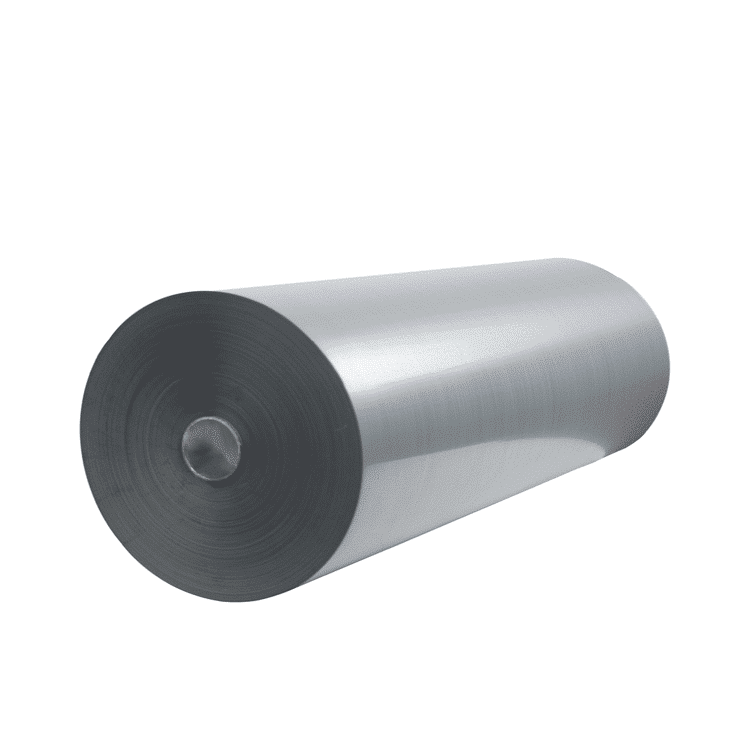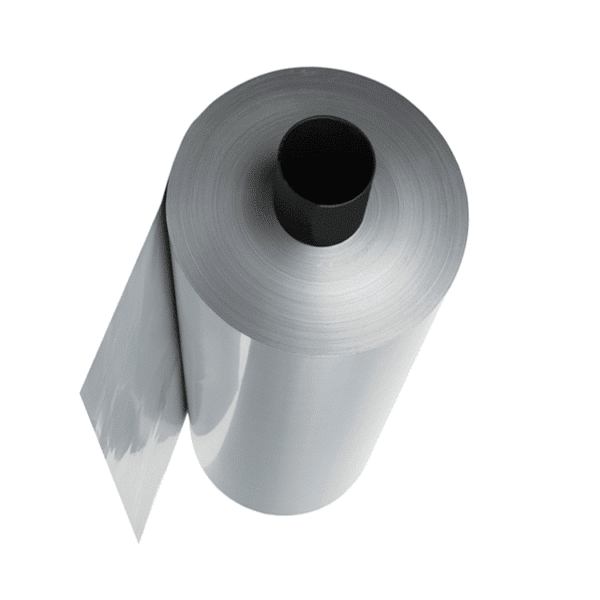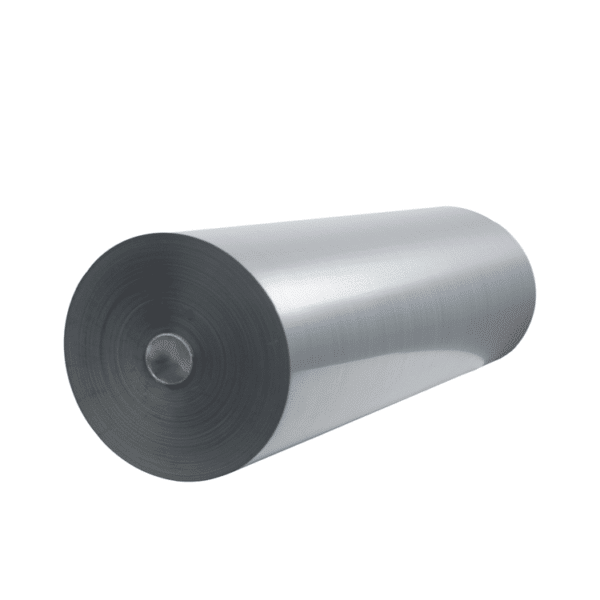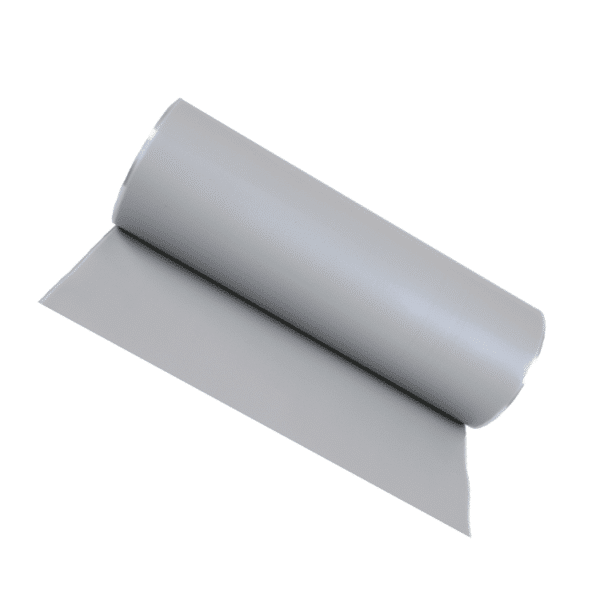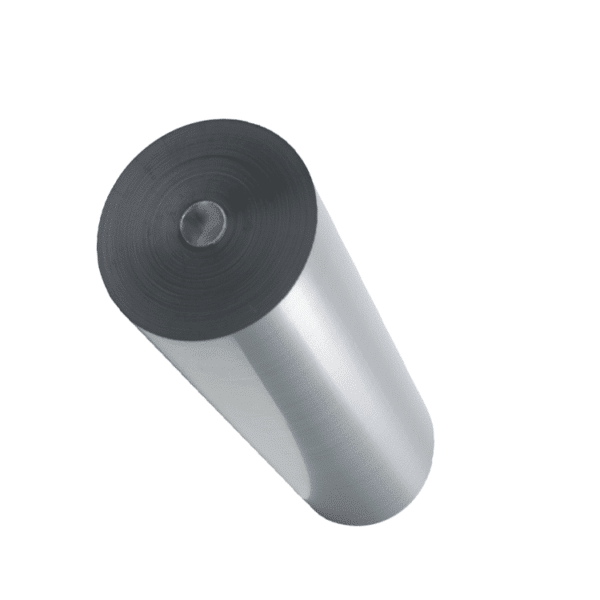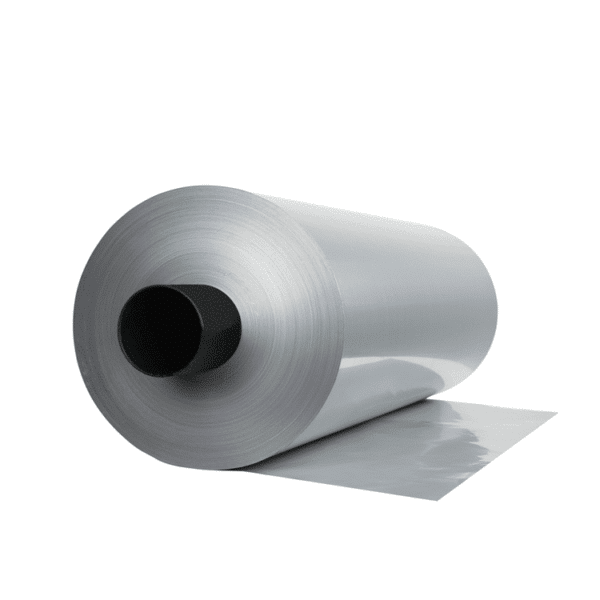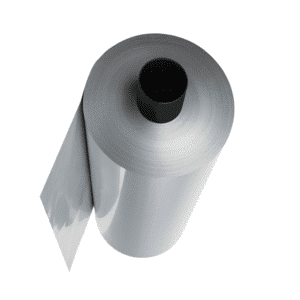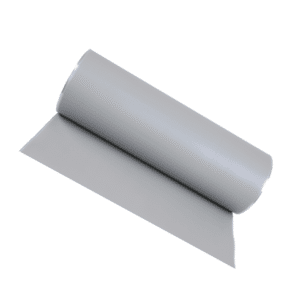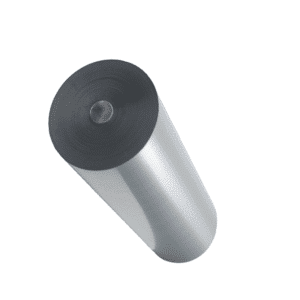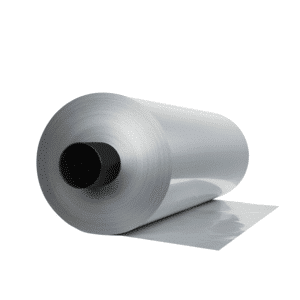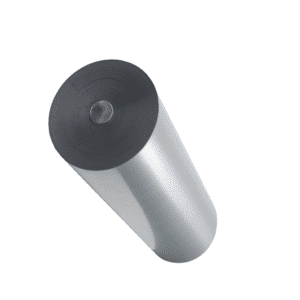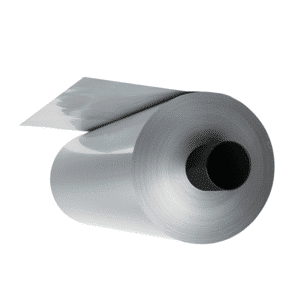Product Features
1. Low Copper Content: Both varieties of foil contain reduced copper content to protect against corrosion or contamination from impurities that could impede performance, making these foils especially helpful when applied in applications which benefit from enhanced copper impurity reduction. This feature makes these foils particularly advantageous.
2. Formability: These foils have been engineered with maximum formability in mind, easily shaping into desired configurations through shaping or molding processes to accommodate applications where conformance and flexibility are key elements. This makes these materials suitable for conformance-sensitive projects as well as flexible spaces such as medical implants or spaceships.
3. High Purity: Foils produced through this process have minimal impurities that could impair product performance or quality, providing reliability and consistency over time.
4. Excellent Electrical Conductivity: Both types of foils exhibit outstanding electrical conductivity, making them suitable for applications requiring efficient electron flow such as cathodes in various electrochemical systems.
5. Compatibility: Low copper forming cathode foils are manufactured to be compatible with various substrates, coatings and bonding agents – this ensures their versatility is maximized as part of various manufacturing processes.

